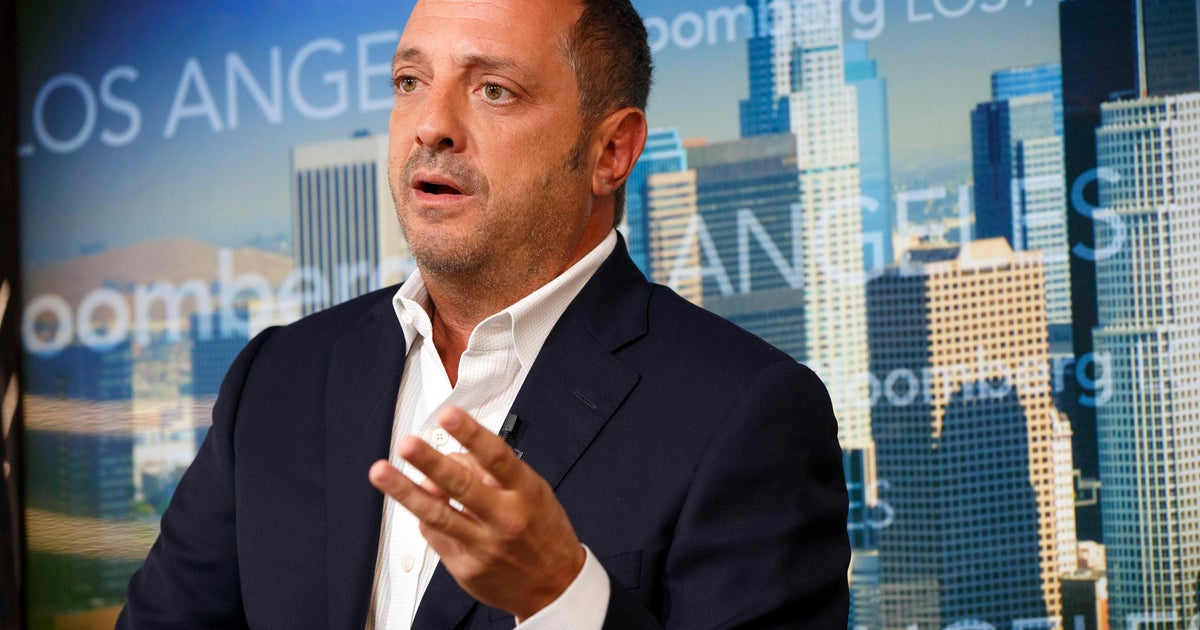Launching a new business: First key steps
For Erin Cavanaugh, co-founder of New York City-based plus-size fashion brand See Rose Go, starting her business meant finding out first exactly what her customers want. That entailed hours of cold-calling and sending out lengthy questionnaires aimed at getting the products just right.
The idea
"It started with a mutual friend of ours who was having trouble finding her aesthetic," Cavanaugh told CBS MoneyWatch in an interview.
A former director of product merchandising at Nike shoe brand Converse, Cavanaugh was already speaking with one of her co-workers about branching out on their own. But a casual conversation about clothes shopping became the foundation for the business she launched with Yi Zhou in July 2016.
As Cavanaugh recalls in her blog, her friend -- who wears a size 16 -- said: "You have no idea what it's like to shop for my body."
"To have someone tell you they have these added challenges kind of struck a chord with us," Cavanaugh said.
Research
Like many small-business owners, Cavanaugh and Zhou had to figure out how to bring their idea to life, but neither had previously run a company. Getting the idea off the ground started with identifying their customer base.
Cavanaugh drew on her years of product development work at major fashion brands, including forming a good idea of who those prospective customers are and how they'll use her product. To that end, she created an hour-long questionnaire.
"We had so many conversations, whether they were phone calls or Skypes or sitdowns with women that we were meeting or they were so excited to speak with us and they would then introduce us to a friend," Cavanaugh said. "The research was the first thing -- it helped us shape what the brand should be about. We base all of our products back to those conversations."
She recalled "reaching out to women who I knew had that sense of style. Friends, colleagues, reach out to them and say, 'hey can we talk about fashion?'"
Cavanaugh said "A lot of women talked about durability of fabric, the way something wears, how many times they have to wash it ... so certain things that really kind of effect quality, especially the touch and feel, comfort."
Cavanaugh's business partner Yi Zhou told CBS MoneyWatch: "The things that they ended up saying is we just want beautiful designs ... clothing with quality that is fit for the plus-size body but it has style. It's not just plus-size and that's it. It's looking at who you are, what you do and what you need it for.
"If you look at how busy women's lives are and also the functions you do ... you want to be able to feel good and presentable," Zhou said of the chosen designs.
Still, both founders acknowledge it has taken time to get the business up and running, and that they've had a few hiccups.
"In a corporate environment, there are teams of people to do this, and now it was on just the two of us," Cavanaugh said. "In retrospect, if I were doing this [research] now, I would put it on our social channel. We could have gotten more people together."
Finding your customer base
For most founders, getting a business operational starts with building a stable, yet flexible, business plan.
Bob Mate, a 20-year business veteran and mentor at nonprofit small-business advisory group SCORE, said his early-stage meetings with newly minted founders often begin with questions designed to help them focus their plan.
"Why do you think there's a need for that product?" he told CBS MoneyWatch. "I would ask you as a follow-up ... to do two things. Number one, elevator pitch: Describe what the business is in 10 seconds. And two, a one-page document that consists of who, what, when, where, how?"
Mate also tells people to size up their likely competitors.
"Go online and check out the competition. What are they doing? How are they pricing, what's their persona?" These are all questions business owners should be asking, Mate said.
If you've been working on a side hustle that you're planning to turn into a business, those answers may be more readily available, said Andrew Flamm, director of the Pace University Small Business Development Center, which provides workshops and advisers to small-business owners and startups.
"The folks who are at an earlier stage -- whether they're doing a side hustle or maybe they're a graphic designer at night and baking cupcakes for the church group on weekends -- they have a proof of concept that's working, and they've kind of sampled with clients," Flamm told CBS MoneyWatch.
For those just starting out with their idea, Flamm said it may take more digging to tap into exactly who your customer is. "The simultaneous process might be being able to look at what your customers might be interested in, but also thinking about the different components of the business plan," Flamm said.
He added: "Who am I, what do I offer? Look at your target market and make sure it actually aligns with what [the product] is going to be."



